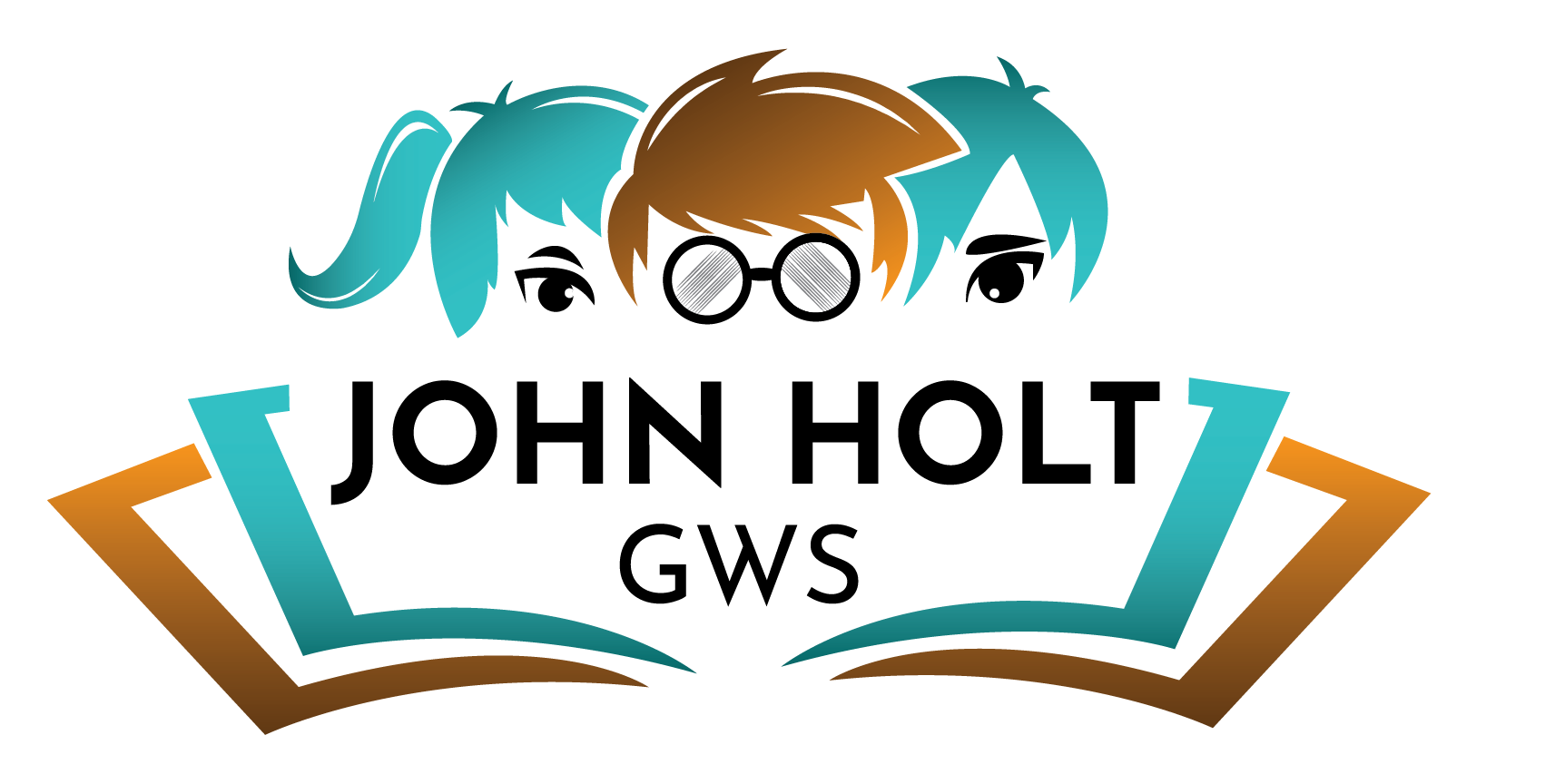Slow Reading
Getting children to read well in school often means getting them to comprehend and read material quickly, since timed tests and the books scheduled to be read are used to judge the child’s reading abilities. However, any good reader knows that personally engaging with a text can immerse you in a book for hours or days and the personal value you, the reader, get from it can not be accounted for as a test score. Chewing on a thought, enjoying a well-turned phrase, puzzling over a difficult sentence are all aspects of reading that make us become better readers but, like corporate America, we have become obsessed with the technical skills needed to quickly gather information at the expense of the emotional and physical pleasures reading slowly and mindfully can, and should, bring to readers.
One of the great things I enjoyed about unschooling our children were the times we would all be reading together in a room or outdoors, or we would come across one of our girls lying on their bed or floor reading to themselves. We read aloud to one another and we read silently together, and as we all get older we tend to read more on our own, but we all continue to read. I always enjoy working in libraries because I feel supported in my endeavor when I’m near others who are reading books too, even though they haven’t got a clue what I’m working on.
But as reading gets reduced to skimming for information that will be on the test or at work there is a movement to emphasize slow reading. The Wall Street Journal reports:
Once a week, members of a Wellington, New Zealand, book club arrive at a cafe, grab a drink and shut off their cellphones. Then they sink into cozy chairs and read in silence for an hour. The point of the club isn't to talk about literature, but to get away from pinging electronic devices and read, uninterrupted. The group calls itself the Slow Reading Club, and it is at the forefront of a movement populated by frazzled book lovers who miss old-school reading . . . . . . In a survey this year, about 76% of Americans 18 and older said they read at least one book in the past year, down from 79% in 2011, according to the Pew Research Center . . .
. . . Screens have changed our reading patterns from the linear, left-to-right sequence of years past to a wild skimming and skipping pattern as we hunt for important words and information . . .
. . .None of this is good for our ability to comprehend deeply, scientists say. Reading text punctuated with links leads to weaker comprehension than reading plain text, several studies have shown. A 2007 study involving 100 people found that a multimedia presentation mixing words, sounds and moving pictures resulted in lower comprehension than reading plain text did . . .
. . . Slow reading means a return to a continuous, linear pattern, in a quiet environment free of distractions. Advocates recommend setting aside at least 30 to 45 minutes in a comfortable chair far from cellphones and computers. Some suggest scheduling time like an exercise session. Many recommend taking occasional notes to deepen engagement with the text. Some hard-core proponents say printed books are best, in part because they're more visible around the house and serve as a reminder to read. But most slow readers say e-readers and tablets are just fine, particularly if they're disconnected from the Internet.
I am glad that some C-level executives will be exposed to the benefits of slow reading from this Wall Street Journal article, because I can think of no group more obsessed with executive summaries, abstracts, and just-tell-me-the-bottom-line reading than them. However an accumulation of facts is not the same as a well-told story, be it fiction or nonfiction, and I urge you and your children to read freely, read deeply, and to make reading a pleasurable experience, not just a chore to check off your list.
